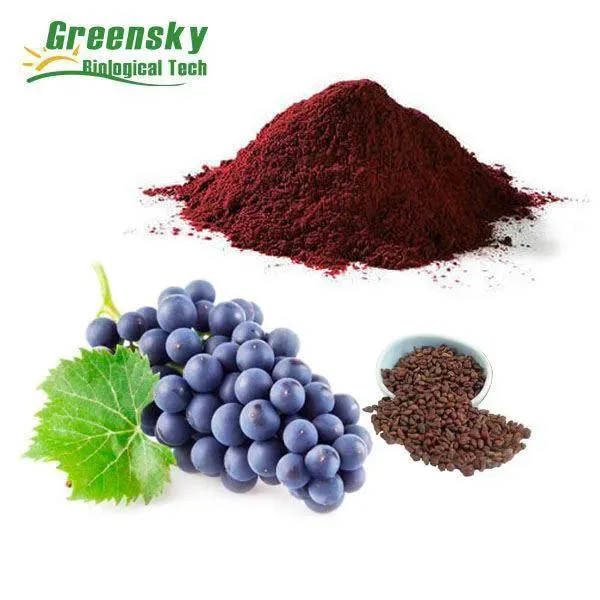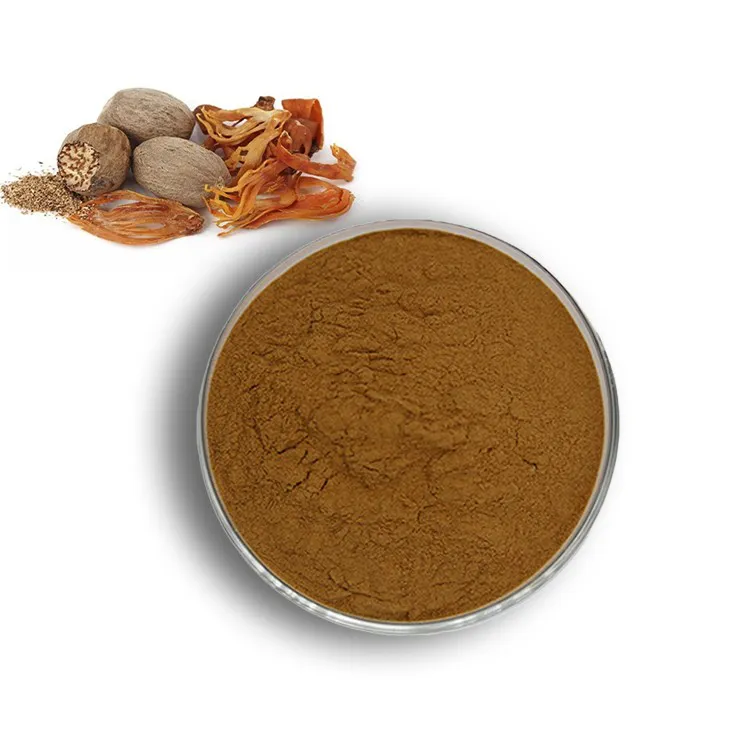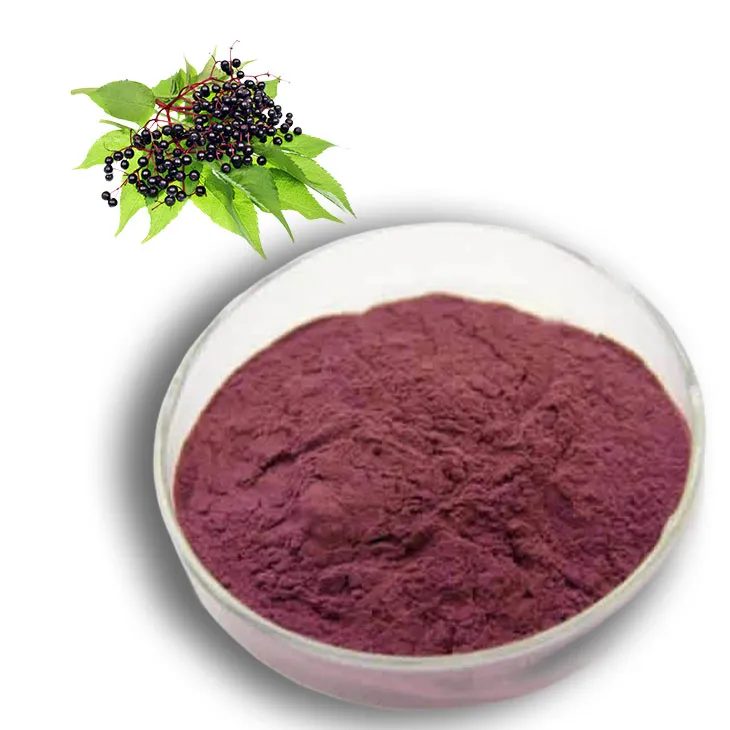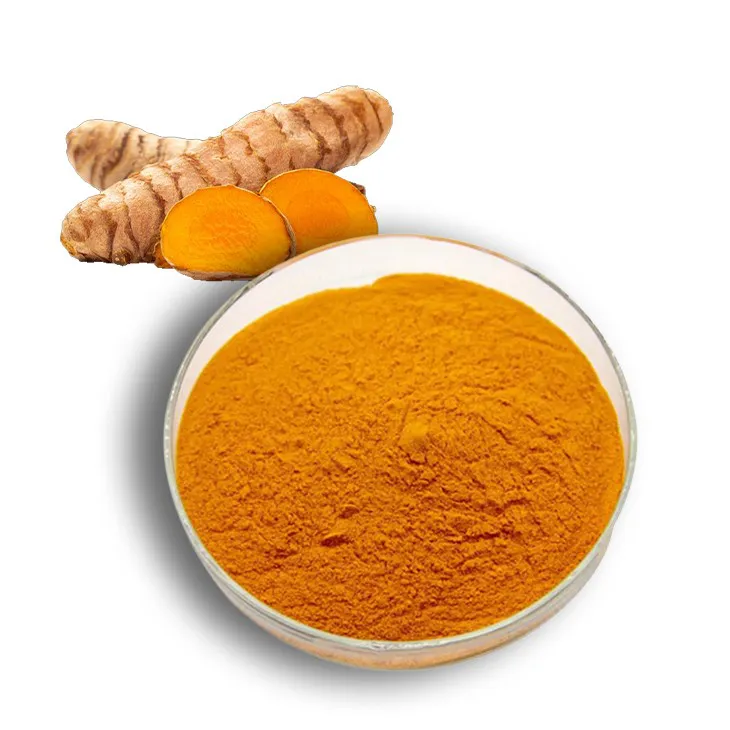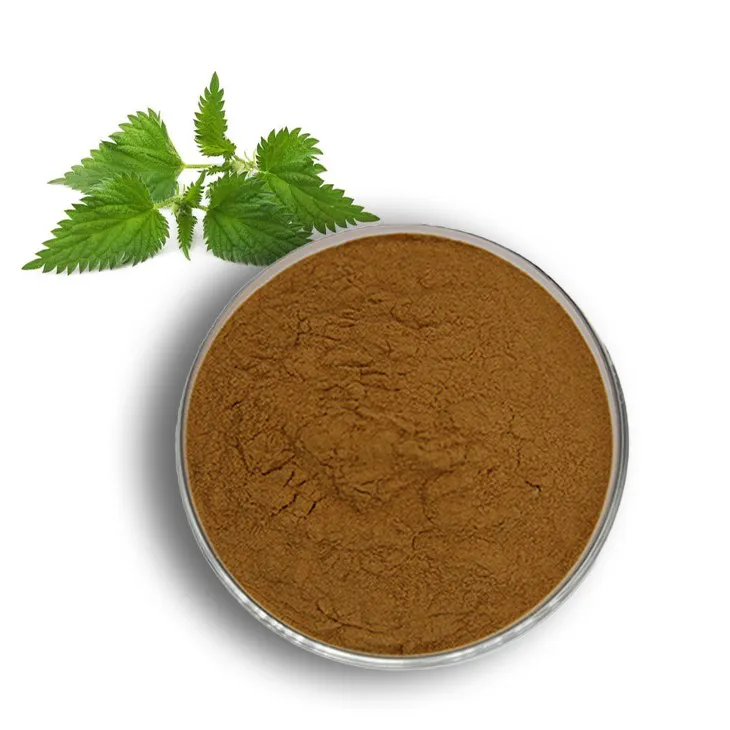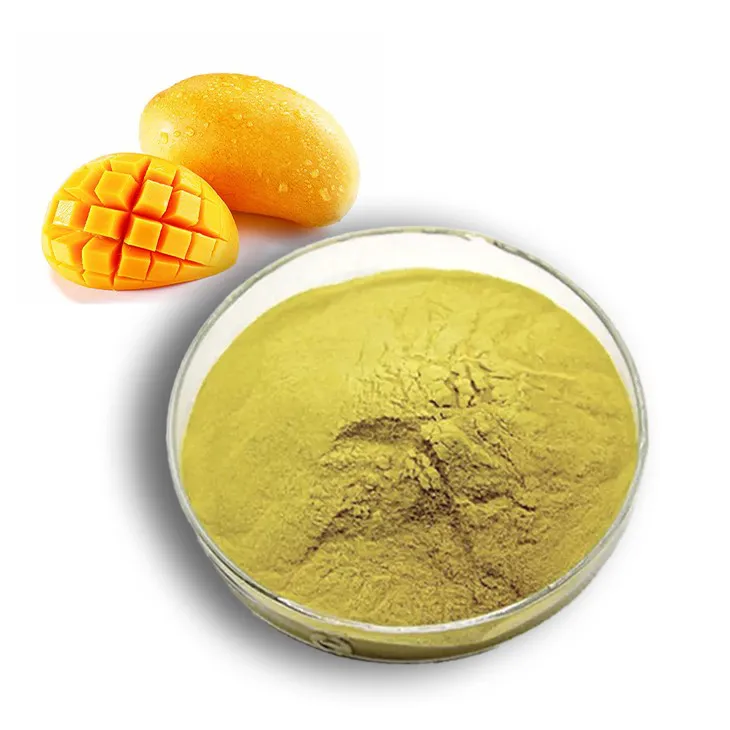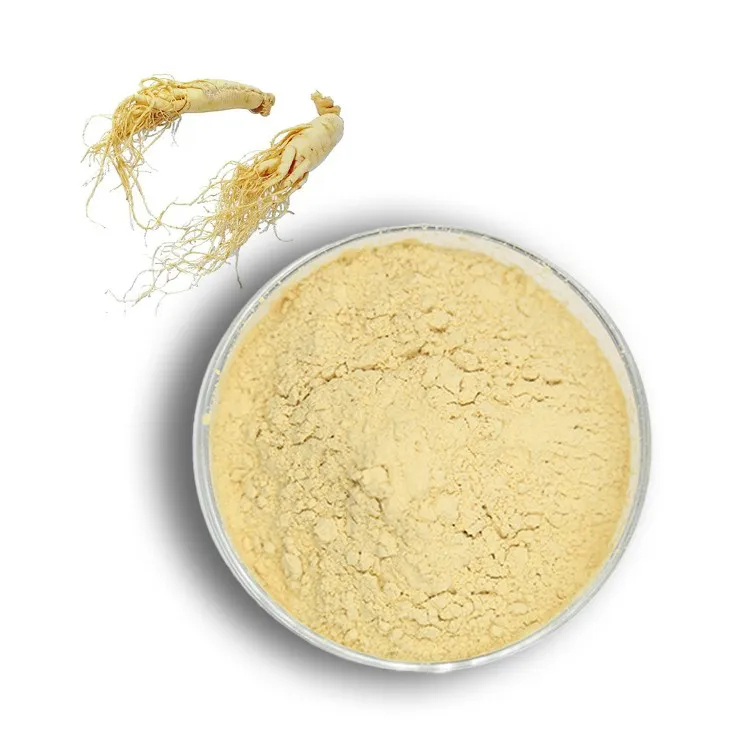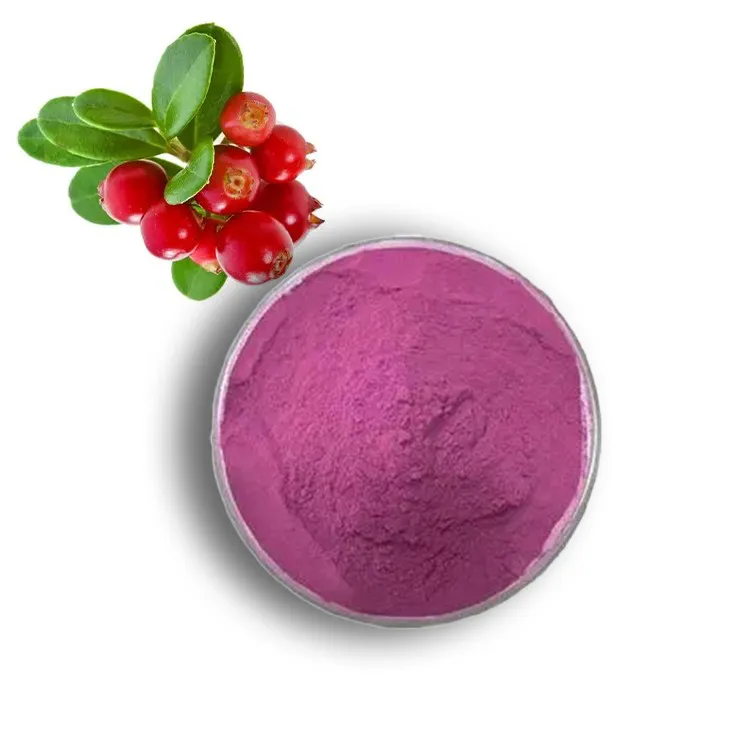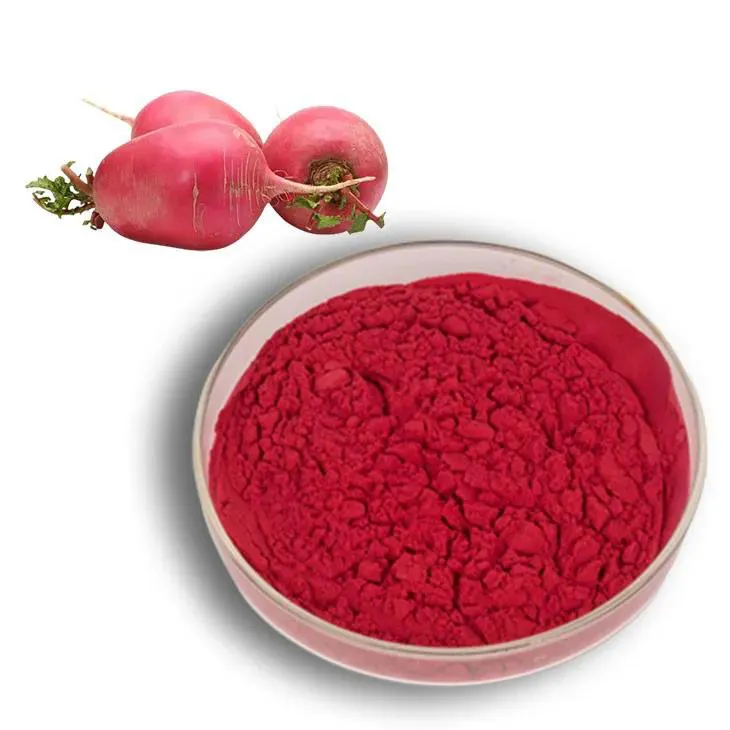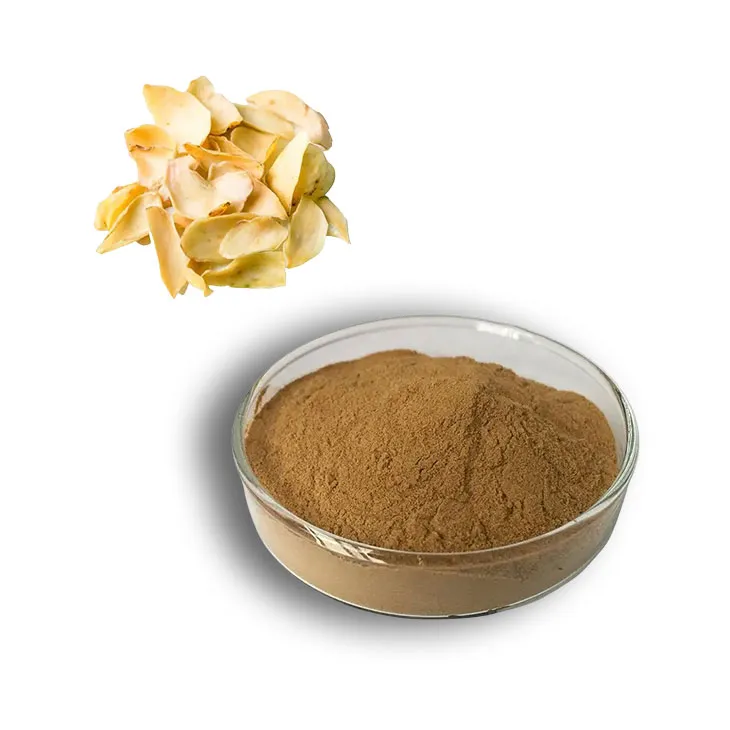- 0086-571-85302990
- sales@greenskybio.com
Understand the main processes of thunder god vine extract manufacturing in the food industry.
2024-12-10
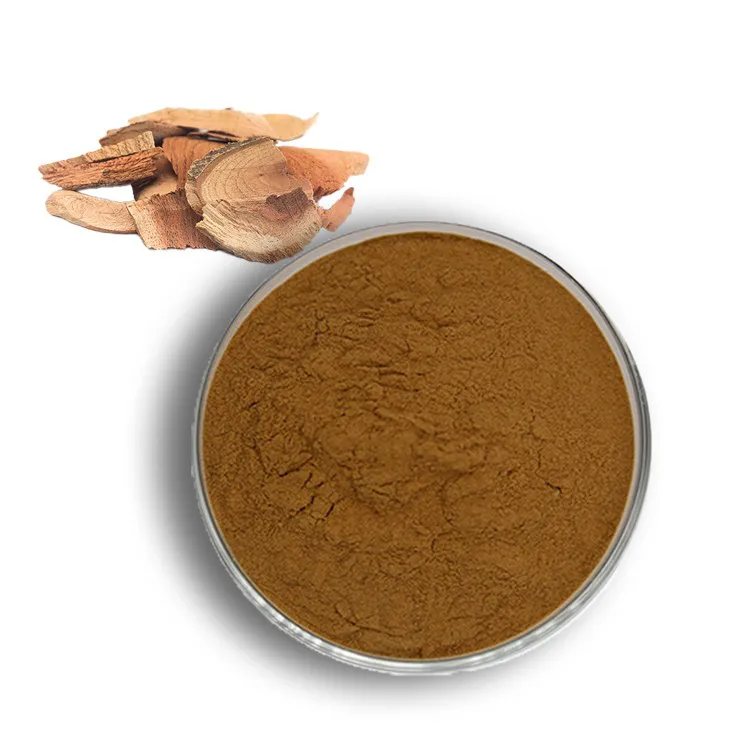
1. Introduction
The Thunder God Vine Extract has been gradually finding its place in the food industry. However, due to the nature of the thunder god vine, its manufacturing process requires strict control to ensure safety and quality. This article will delve into the main processes involved in the production of Thunder God Vine Extract for the food industry.
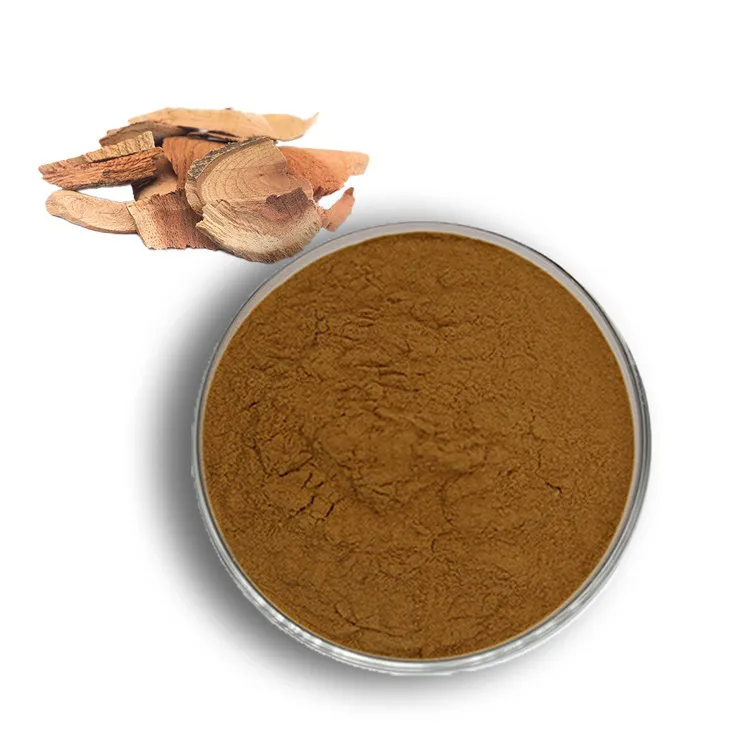
2. Sourcing of Thunder God Vine
2.1 Selection of the Right Variety
The first step in the manufacturing process is sourcing the thunder god vine. It is crucial to identify the correct variety of thunder god vine. There are different species within the thunder god vine family, and not all are suitable for use in the food industry. The selected variety should be known for its safety profile and appropriate chemical composition. For example, some varieties may contain higher levels of certain compounds that could be harmful if not properly processed. Therefore, expert botanists or agriculturists are often involved in this initial stage to ensure the correct identification.
2.2 Quality Assurance at the SourceOnce the correct variety is identified, quality assurance at the source is essential. The plants should be sourced from areas that are free from contaminants such as pesticides, heavy metals, and other pollutants. Regular inspections of the growing areas are necessary. Additionally, the age and growth stage of the plants can also impact the quality of the final extract. Younger plants may have different chemical compositions compared to more mature ones. So, growers need to follow specific guidelines regarding the harvesting time of the thunder god vine to ensure optimal quality.
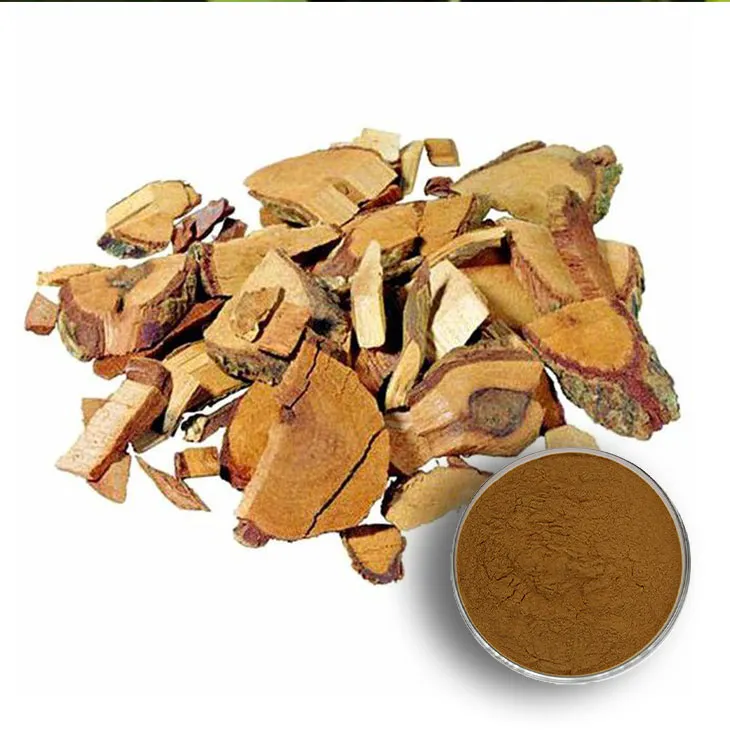
3. Pretreatment of Raw Material
3.1 Trimming
After sourcing, the raw thunder god vine material undergoes pretreatment. Trimming is an important part of this process. The plants are carefully trimmed to remove any damaged, diseased, or unwanted parts. This not only improves the overall quality of the raw material but also ensures that only the useful parts of the plant are used for extraction. For instance, the leaves may be trimmed if they are wilted or show signs of pest damage. The stems are also checked for any irregularities and trimmed accordingly.
3.2 WashingFollowing trimming, washing is carried out. Thorough washing is necessary to remove dirt, debris, and any remaining contaminants from the surface of the thunder god vine. This can be done using clean water, and in some cases, mild detergents may be used, followed by a rinse with clean water to ensure no detergent residue remains. The washing process helps in maintaining the purity of the raw material and prepares it for the subsequent drying process.
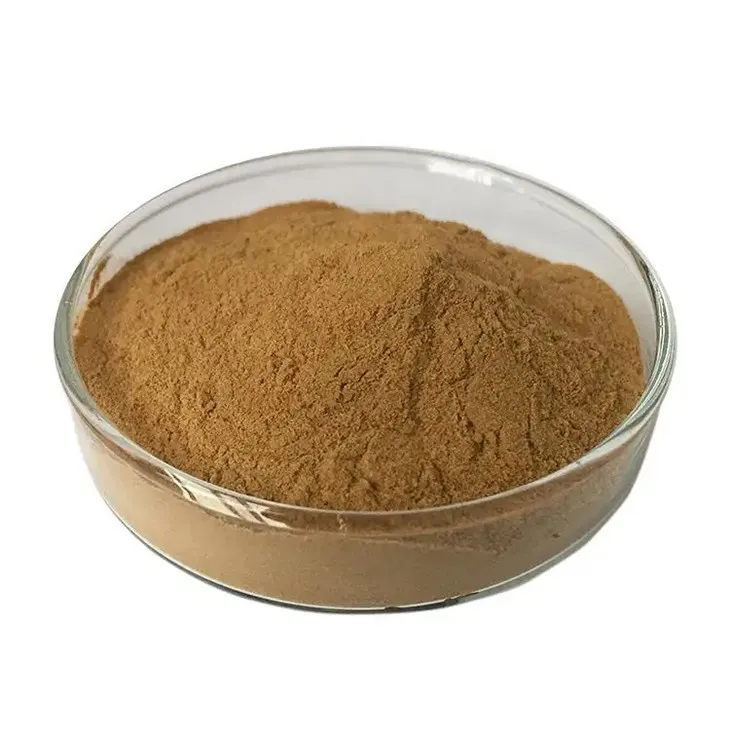
4. Drying Process
4.1 Importance of Drying
The drying process is a crucial step in the production of Thunder God Vine Extract. By reducing the water content of the raw material, it helps in preventing the growth of microorganisms such as bacteria and fungi during storage and extraction. Additionally, drying can also affect the chemical composition of the thunder god vine. For example, it can cause certain volatile compounds to be retained or released, which can impact the flavor and efficacy of the final extract.
4.2 Drying MethodsThere are different drying methods available for thunder god vine. One common method is air drying. In this method, the trimmed and washed thunder god vine is spread out in a well - ventilated area, allowing the air to naturally remove the moisture. However, this method can be time - consuming and is highly dependent on environmental conditions such as humidity and temperature. Another method is using a drying oven. This provides more control over the drying process as the temperature and air circulation can be adjusted. The drying oven can be set to a specific temperature range, usually between 40 - 60 degrees Celsius, to ensure that the thunder god vine dries evenly without being over - dried or under - dried. The drying process continues until the water content of the thunder god vine reaches a suitable level, typically around 10 - 15%.
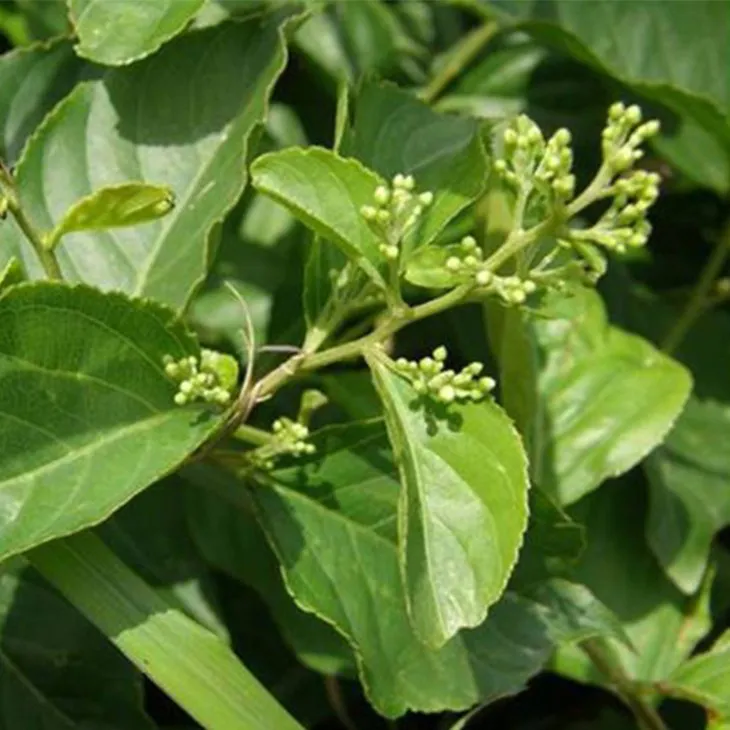
5. Extraction Process
5.1 Maceration
Once the thunder god vine is dried, the extraction process begins. Maceration is one of the commonly used extraction methods. In this process, the dried thunder god vine is immersed in a suitable solvent. The choice of solvent is crucial as it determines the type of compounds that will be extracted. For the food industry, solvents such as ethanol or water - ethanol mixtures are often used due to their safety and compatibility with food applications. The thunder god vine is left in the solvent for a specific period, usually several days to weeks. During this time, the solvent penetrates the plant material and extracts the desired compounds through diffusion. The resulting mixture is then filtered to separate the liquid extract from the solid plant residue.
5.2 PercolationPercolation is another extraction method. In percolation, the solvent is continuously passed through a bed of the dried thunder god vine. This can be achieved using a percolator, which allows for a more efficient extraction compared to maceration. The solvent is poured onto the top of the thunder god vine bed and slowly percolates through the plant material, extracting the compounds as it passes through. The percolation rate can be adjusted to optimize the extraction process. Similar to maceration, the resulting extract needs to be filtered to remove any remaining solid particles.
6. Purification of the Extract
6.1 Filtration
After extraction, the thunder god vine extract often contains solid impurities. Filtration is the first step in purifying the extract. There are different types of filtration methods available, such as gravity filtration, vacuum filtration, and membrane filtration. Gravity filtration is a simple method where the extract is poured through a filter paper in a funnel, allowing the liquid to pass through while the solids are retained on the filter paper. Vacuum filtration is more efficient as it uses suction to speed up the filtration process. Membrane filtration, on the other hand, can be used to separate particles based on their size, providing a more precise purification.
6.2 CentrifugationCentrifugation is another purification technique. The extract is placed in a centrifuge, and the high - speed rotation causes the heavier particles to sediment at the bottom of the container. This separates the impurities from the liquid extract. Centrifugation can be used in combination with filtration to achieve a higher level of purification. For example, after an initial filtration, the extract can be centrifuged to further remove any remaining fine particles.
7. Quality Assurance throughout the Manufacturing Process
7.1 Raw Material Inspection
Quality assurance starts from the very beginning with raw material inspection. As mentioned earlier, the thunder god vine should be inspected for variety, quality, and absence of contaminants. This inspection is carried out using various techniques such as visual inspection, chemical analysis for pesticide residues and heavy metals, and botanical identification. Any raw material that does not meet the required standards is rejected to ensure the safety and quality of the final extract.
7.2 In - process Quality ControlDuring the manufacturing process, in - process quality control measures are implemented. For example, during the drying process, the temperature and humidity are continuously monitored to ensure that the drying is carried out within the specified parameters. In the extraction process, the concentration of the solvent and the extraction time are closely monitored to ensure consistent results. Any deviation from the standard operating procedures is immediately corrected to prevent any negative impact on the quality of the extract.
7.3 Final Product TestingBefore the thunder god vine extract is ready for use in the food industry, final product testing is carried out. This includes comprehensive chemical analysis to determine the composition of the extract, including the presence and concentration of key compounds. Microbiological testing is also performed to ensure that the extract is free from harmful microorganisms. Additionally, sensory evaluation may be carried out to assess the flavor, aroma, and appearance of the extract. Only products that pass all these tests are considered suitable for use in the food industry.
8. Conclusion
The production of thunder god vine extract for the food industry is a complex process that involves multiple steps, from sourcing to final product testing. Each step is crucial in ensuring the safety, quality, and suitability of the extract for use in food products. With strict quality assurance measures in place throughout the manufacturing process, the thunder god vine extract can be produced in a manner that meets the requirements of the food industry.
FAQ:
What are the key factors in sourcing thunder god vine for extract production?
The key factors include finding plants of the appropriate variety. Only the right variety can ensure the quality and properties of the extract. Also, quality is crucial. The sourced thunder god vine should be free from diseases, pests, and excessive contaminants to meet the requirements for the food industry.
Why is pretreatment necessary for thunder god vine before extraction?
Pretreatment like trimming and washing is necessary. Trimming helps to remove unwanted parts such as damaged or rotten sections. Washing is important to clean off dirt, debris, and other surface contaminants. This ensures that the raw material going into the extraction process is clean and in a suitable state, which can improve the quality of the final extract.
How does the drying process affect the quality of thunder god vine extract?
The drying process reduces the water content to a suitable level for extraction. If the water content is too high, it can lead to issues such as spoilage during extraction or affect the efficiency of extraction methods. Appropriate drying helps to preserve the active ingredients in the thunder god vine and ensures a more stable and concentrated extract can be obtained.
What are the differences between maceration and percolation in extracting thunder god vine extract?
Maceration involves soaking the dried thunder god vine in a solvent for a period of time to allow the active ingredients to dissolve into the solvent. Percolation, on the other hand, is a process where the solvent is passed through the bed of the thunder god vine material continuously. Maceration is a relatively simple and slow process, while percolation can be more efficient in obtaining the extract in a shorter time and may result in a more complete extraction of certain components.
Why are filtration and centrifugation important in the production of thunder god vine extract?
Filtration and centrifugation are important for purification. Filtration can remove solid particles, such as undissolved plant matter, from the extract. Centrifugation helps to separate substances based on their density differences, further purifying the extract. These processes ensure that the final thunder god vine extract is clear, free from large particles and impurities, and has a higher quality suitable for use in the food industry.
Related literature
- Title: Advances in Extract Manufacturing Processes in the Food Industry"
- Title: "Quality Control in Botanical Extract Production for Food Applications"
- Title: "Understanding the Role of Pretreatment in Plant Extract Production"
- ▶ Hesperidin
- ▶ Citrus Bioflavonoids
- ▶ Plant Extract
- ▶ lycopene
- ▶ Diosmin
- ▶ Grape seed extract
- ▶ Sea buckthorn Juice Powder
- ▶ Fruit Juice Powder
- ▶ Hops Extract
- ▶ Artichoke Extract
- ▶ Mushroom extract
- ▶ Astaxanthin
- ▶ Green Tea Extract
- ▶ Curcumin
- ▶ Horse Chestnut Extract
- ▶ Other Product
- ▶ Boswellia Serrata Extract
- ▶ Resveratrol
- ▶ Marigold Extract
- ▶ Grape Leaf Extract
- ▶ New Product
- ▶ Aminolevulinic acid
- ▶ Cranberry Extract
- ▶ Red Yeast Rice
- ▶ Red Wine Extract
-
Grape Seed Extract
2024-12-10
-
Nutmeg Extract
2024-12-10
-
Elderberry Extract
2024-12-10
-
Curcumin
2024-12-10
-
Nettle Root Extract
2024-12-10
-
Mango flavored powder
2024-12-10
-
Ginseng Root Extract
2024-12-10
-
Europen Bilberry Extract
2024-12-10
-
Beetroot juice Powder
2024-12-10
-
Lily extract
2024-12-10











